Rangamati, August 5 (V7N) — Authorities at the Karnafuli Hydropower Station opened 16 spillway gates of the Kaptai Dam early Tuesday morning after water in the Kaptai Lake rose above the danger mark, inundating low-lying farmlands and leaving parts of Rangamati’s rural population waterlogged.
Mahmud Hasan, chief engineer and manager of the Karnafuli Hydropower Station, confirmed that at 12:02 a.m. on August 5, 16 sluice gates were raised by 6 inches each to release excess water. At that time, the lake's water level had reached 108.05 feet, surpassing the official danger threshold.
The release is currently discharging 9,000 cusecs of water per second into the Karnafuli River through the spillways. Additionally, to maintain electricity generation across the station’s five turbine units, another 32,000 cusecs of water per second is being channeled through the turbines—bringing the total outflow from the lake to 41,000 cusecs per second.
The decision to open the gates was originally planned for Tuesday morning. Authorities had first scheduled the release for Monday afternoon at 3:00 p.m. after the lake's water level hit 107 feet on Sunday at 6:00 p.m. However, due to a temporary halt in rainfall and manageable inflow, the plan was delayed. Another public notice had been issued, informing downstream communities that water would be released Tuesday at 9:00 a.m.
Yet as the lake’s level continued to rise rapidly overnight, the hydropower station was compelled to act sooner. Engineers closely monitored real-time water inflow and decided to open the gates just after midnight to prevent flooding of critical infrastructure.
Local residents living in low-lying downstream areas have been advised to remain alert but not panic. The power station emphasized that the outflow is being managed to avoid any abrupt downstream flooding and that all necessary authorities have been notified.
This is one of the most significant controlled releases from the Kaptai Dam this monsoon season, underscoring growing concerns over extreme rainfall and river management challenges across southeastern Bangladesh.
END/AMR/SMA/



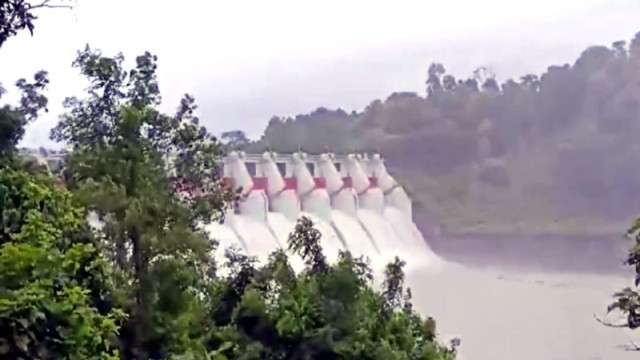
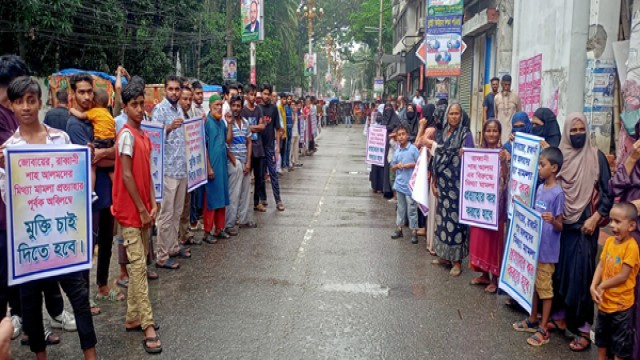
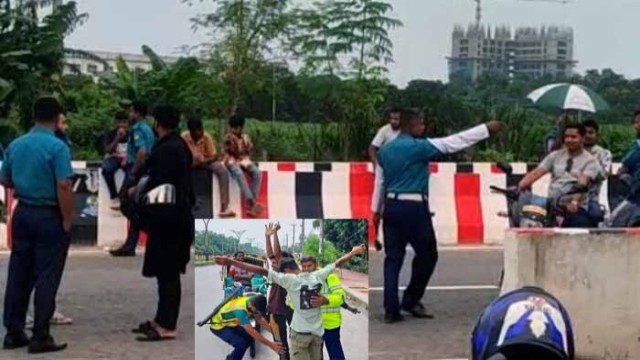
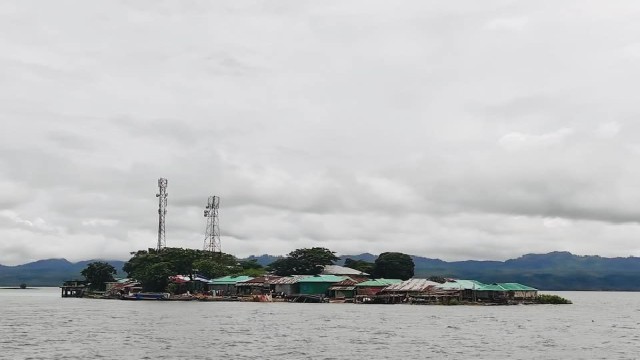
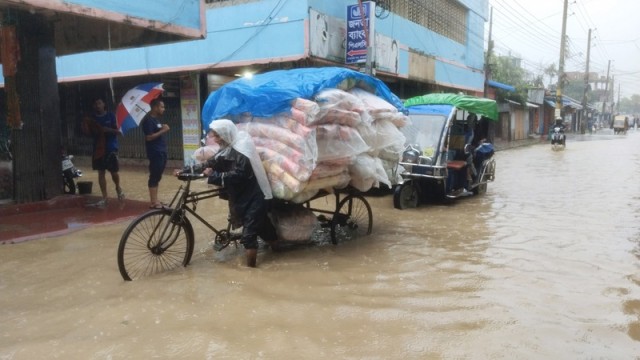
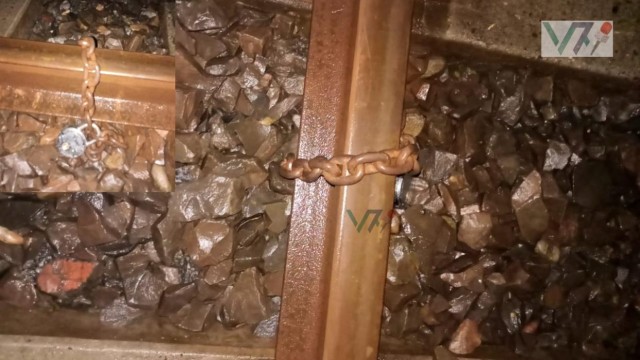


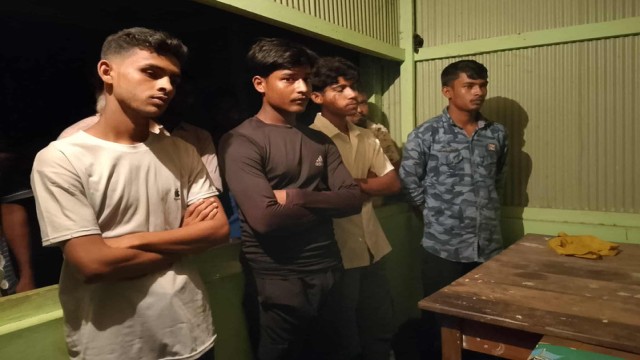
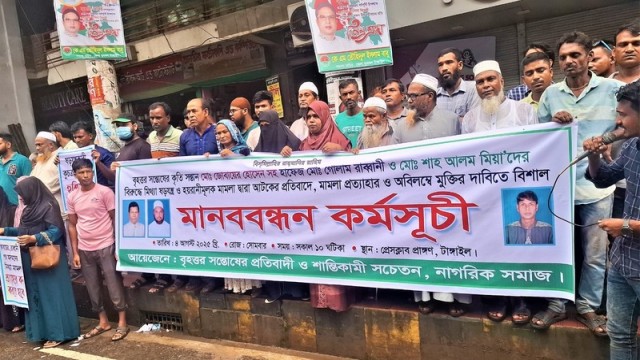


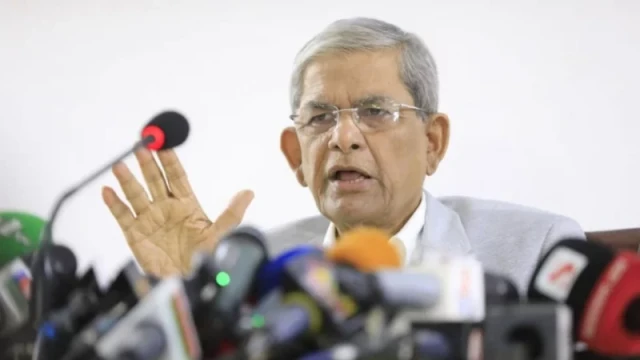

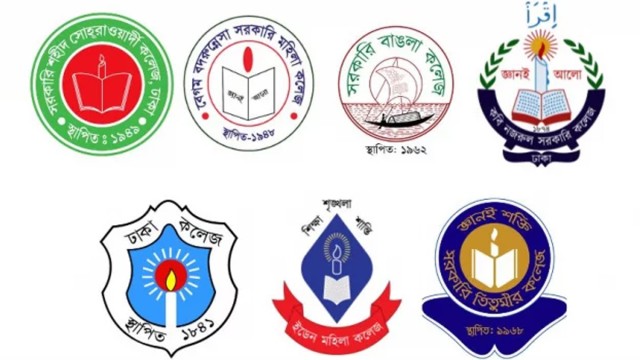
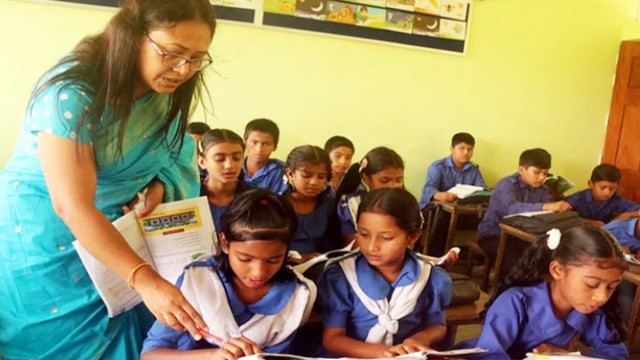
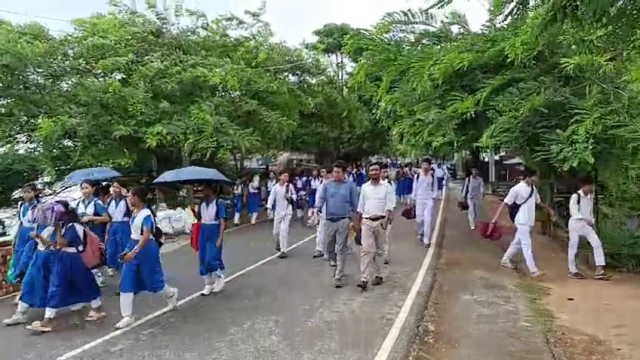
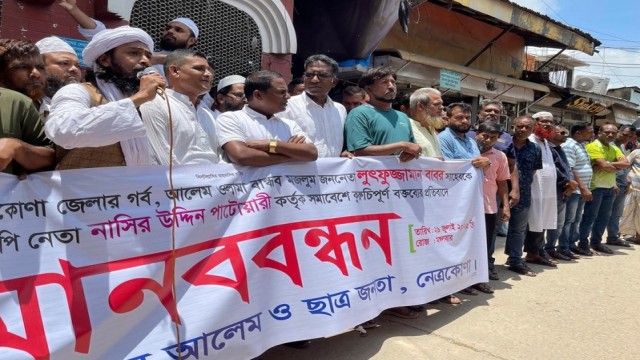
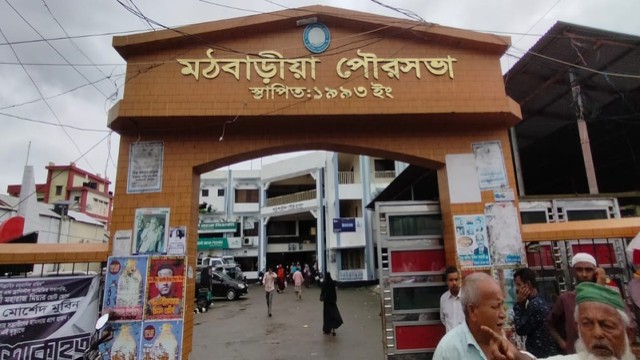


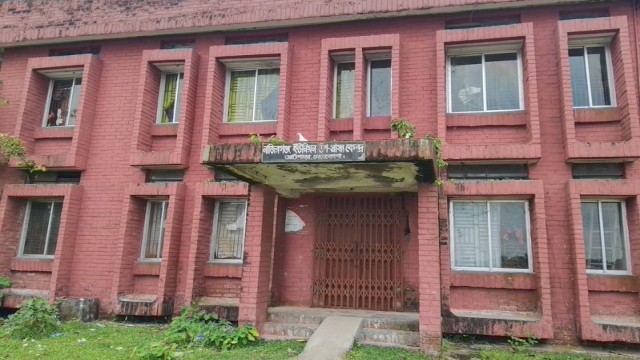
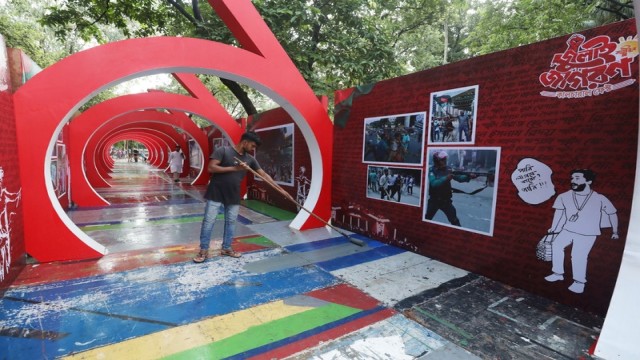
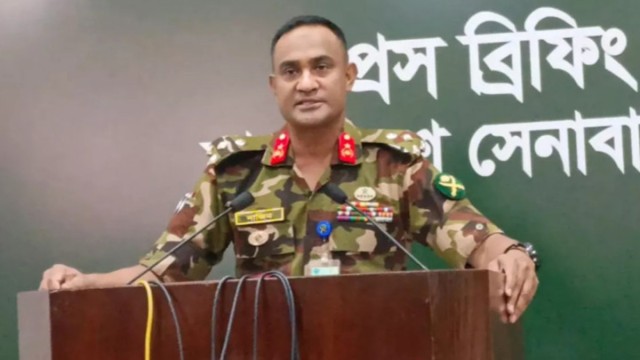
Comment: